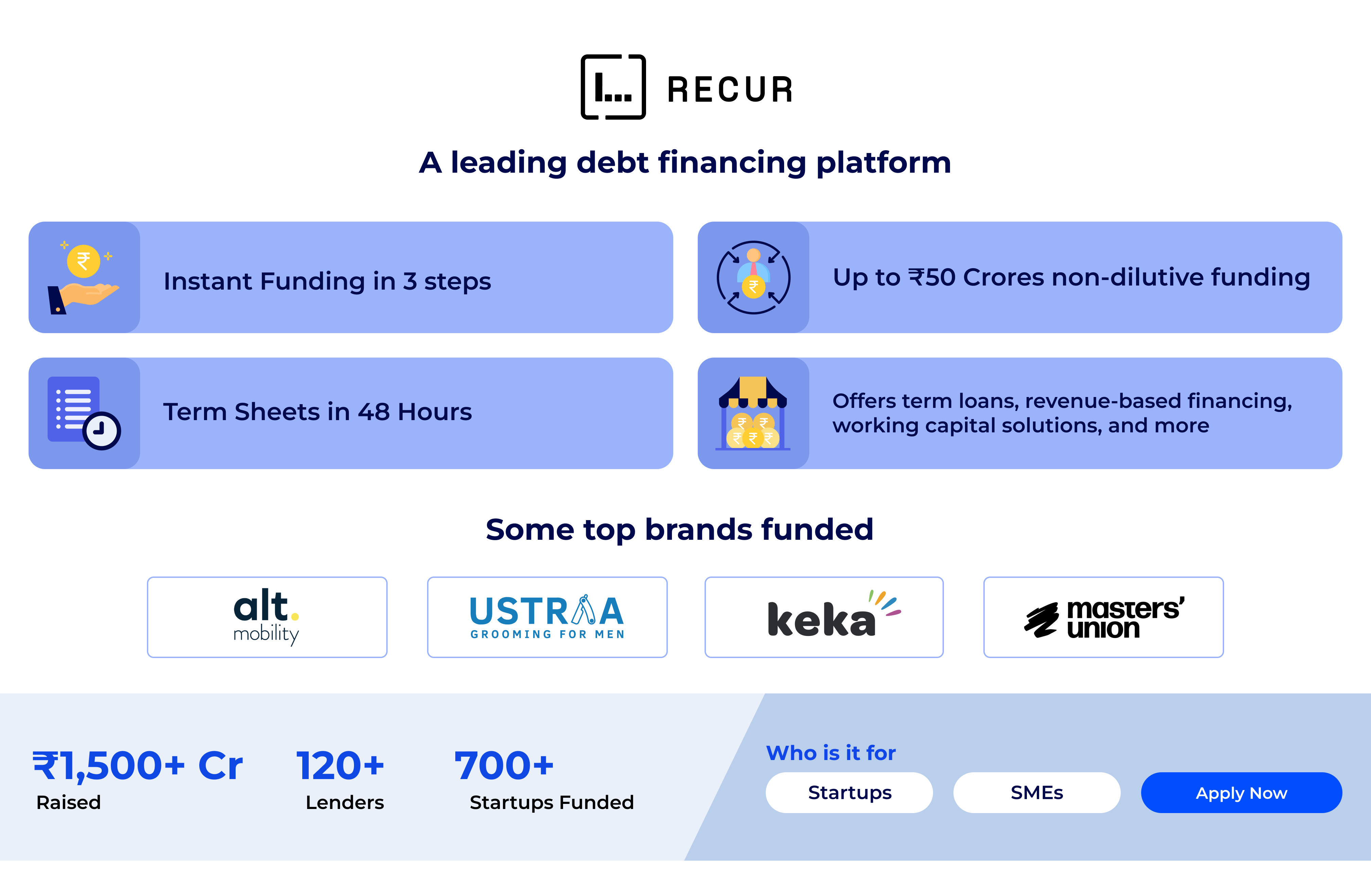Planning Pays Off: 5 Strategies to Get the Most Out of Your Delivery Speed Choice
April 17, 2025
5 min read
The Impact of Logistics on Supply Chain Management
Every transportation choice can considerably affect the supply chain flows, delivery time, and operating expenses. While logistics managers strive for ways to find the most effective means to transport their goods, it is equally important to fully appreciate the strengths and weaknesses of full load transportation to fine-tune the firms’ shipping strategies and sustain their competitive edge.
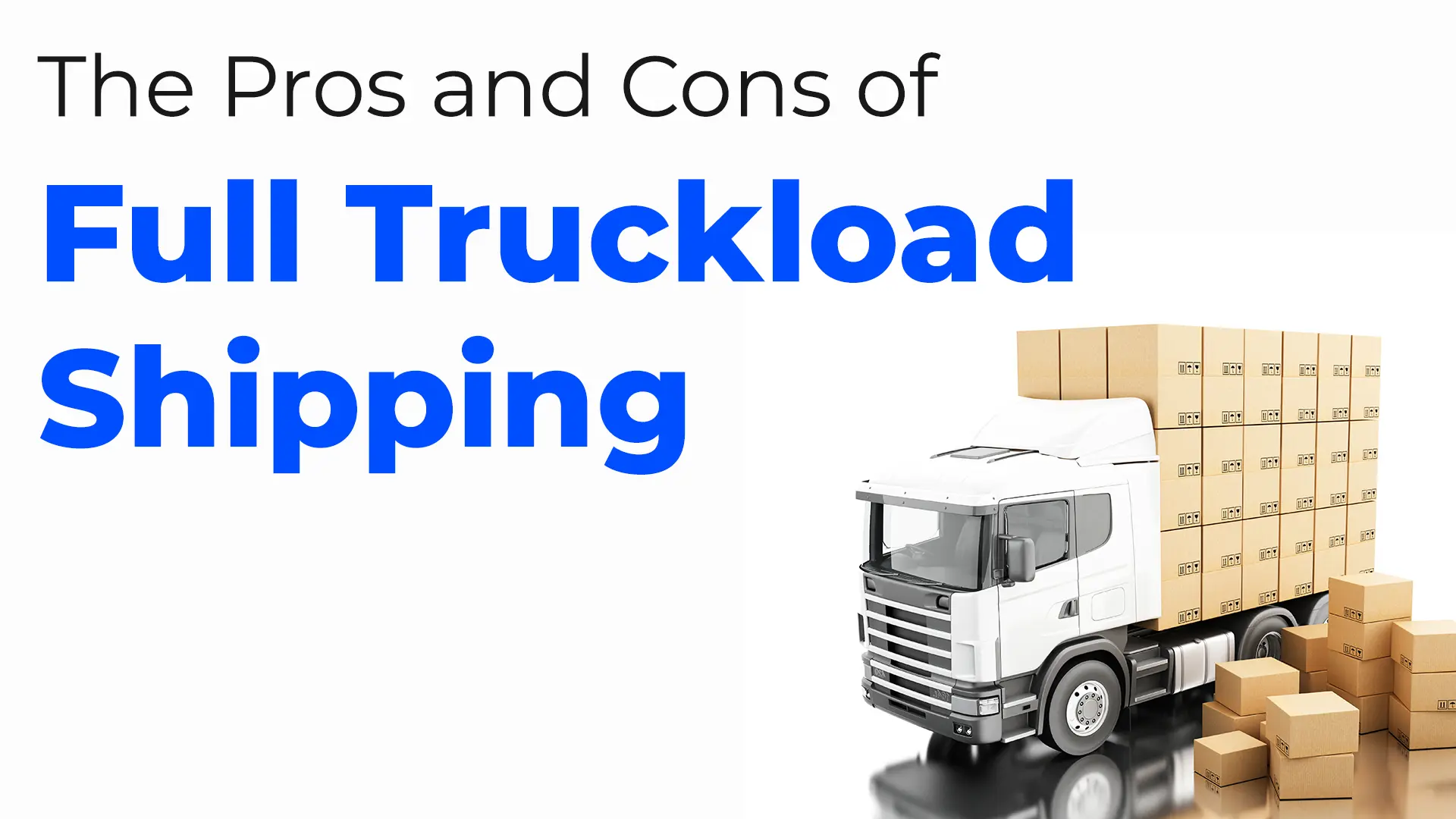
What is Full Truckload Shipping?
Full truckload shipping refers to a shipping model where a trailer is loaded solely with merchandise from one business; the shipper’s freight can measure up to 44,000 pounds or 48 pallets of standardized sizes. This dedicated service offers three primary options: a dry van for normal shipment, reefers for perishable goods, and flatbed trailers for bulky and large loads. FTL does not include freight consolidation and multiple handling points on the straightforward point-to-point delivery system.
Advantages of Full Truckload Shipping
The strategic benefits of full-load transportation make it a preferred choice for specific shipping requirements.
Enhanced Security and Precise Tracking
FTL shipments remain sealed throughout transit, with satellite tracking and geofencing capabilities ensuring real-time visibility. This dedicated approach reduces handling points, minimizing damage risks and loss potential. Businesses can access detailed information about location, status, and estimated arrival times, enabling proactive supply chain management.
Specialized Equipment Options
Full truckload services offer versatile solutions, including temperature-controlled units maintaining precise conditions for sensitive cargo, flatbeds for construction materials, and specialized trailers for hazardous materials. This flexibility ensures proper handling of diverse freight types while maintaining compliance with transportation regulations.
Streamlined Documentation
Unlike LTL shipping, FTL requires fewer shipping classifications and documentation requirements. Businesses don’t need specific NMFC codes, simplifying the quoting process and reducing administrative overhead. This streamlined approach accelerates shipping arrangements and minimizes processing delays.
Disadvantages of Full Truckload Shipping
Understanding these challenges helps make informed shipping decisions.
Operational Limitations
Driver shortages affects full truckload carriers, impacting availability and pricing. This shortage affects long-distance routes, potentially causing scheduling conflicts and delivery delays during peak seasons.
Cost Considerations for Partial Loads
When shipments don’t maximize trailer capacity, costs per unit increase significantly. Businesses shipping less than 10 pallets often face higher per-mile rates than consolidated shipping options, affecting profit margins on smaller shipments.
Environmental Impact
Single-client trailers may generate more carbon emissions compared to consolidated shipping methods. The industry’s limited automation and optimization tools can result in empty return trips, increasing environmental impact and operational costs.
When to Choose FTL Shipping
Several factors determine the effectiveness of full-load transportation.
Volume and Weight Assessment
Consider FTL when shipping more than ten pallets or exceeding 15,000 pounds. At these thresholds, the cost per unit typically becomes more favorable than multiple LTL shipments.
Time-Sensitive Deliveries
With direct routing eliminating transfer points, FTL reduces transit times compared to LTL options. This makes it ideal for just-in-time inventory systems and deadline-driven deliveries.
Conclusion
Although the need to consider costs and other operational factors when shipping full loads cannot be overemphasized, shipping offers unique advantages in terms of security, speed, and tailored handling, which are very influential in many shipment requirements. Using these factors, you can compare your particular needs and develop the best way to improve your transport plan for a seamless supply chain.
Ready to streamline your full truckload shipments? Shipyaari offers tailored logistics solutions for all your transportation needs. Contact us today to optimize your supply chain and drive efficiency!
Frequently Asked Questions
Generally, it is advisable to use FTL shipping when the shipment is more than 15,000 pounds or more than 10 pallets.
FTL dedicated an entire trailer to only one shipper, whereas LTL would group the freight of several customers in one trailer.
Dry vans, refrigerated flatbeds, and intermodal services are available, among others.
While FTL is usually cheaper for bigger consignments, smaller shipments may be relatively pricey.
Suggested Reads
Hyperlocal Personalization: Tailoring Experiences for Local Customers
Introduction The eCommerce industry in India has witnessed a rapid growth of hyperlocal services in
Continue ReadingDec






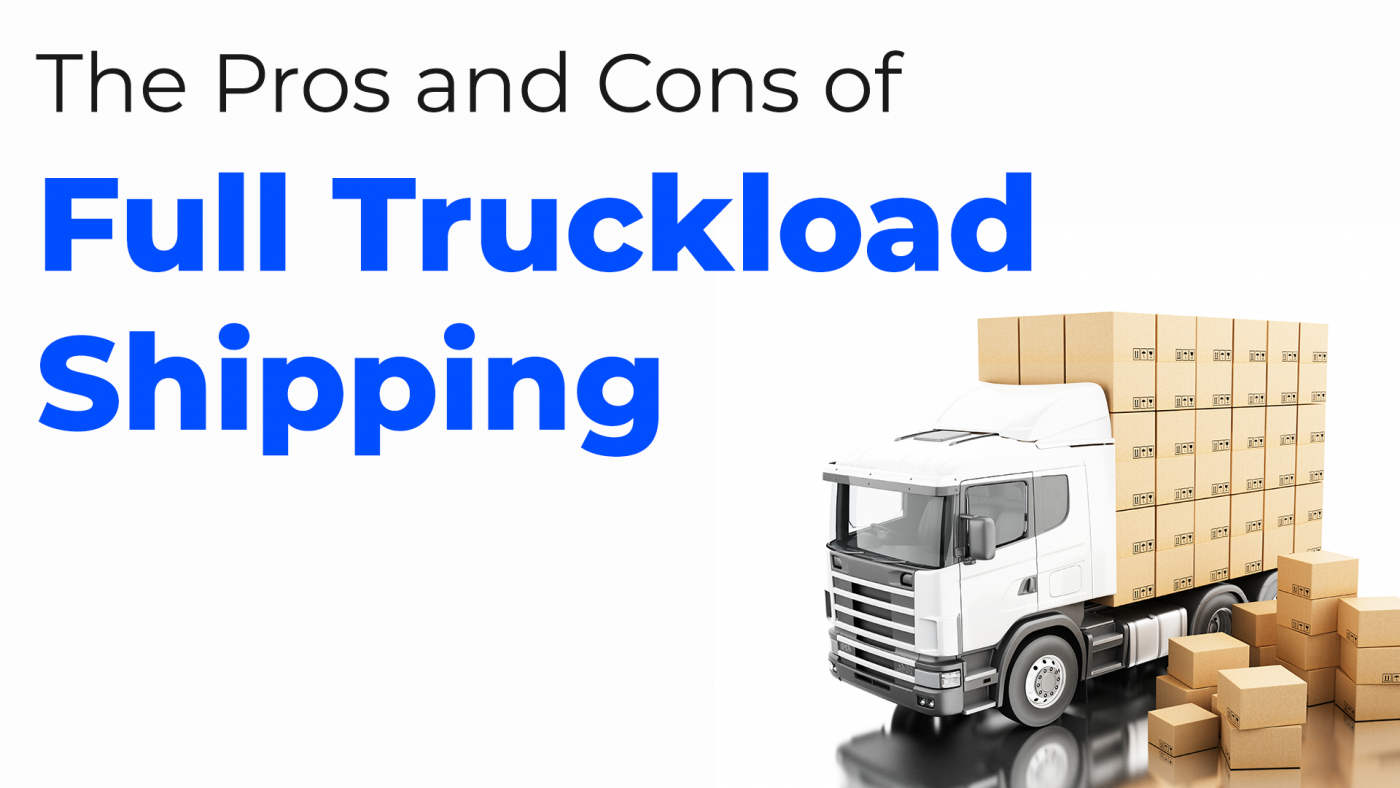



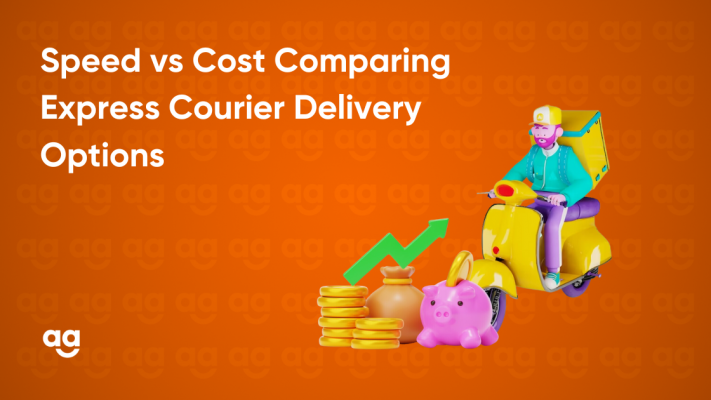



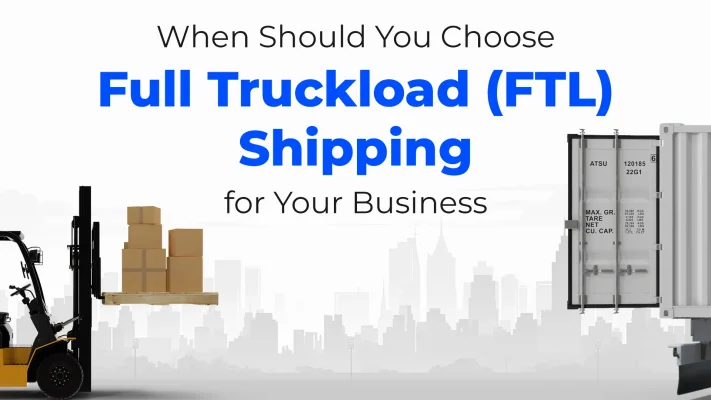

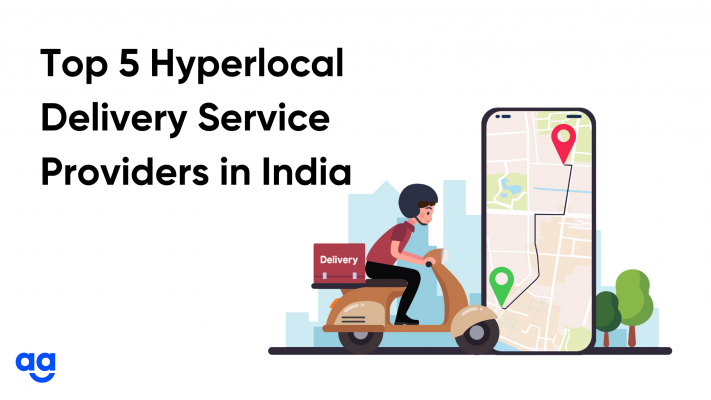

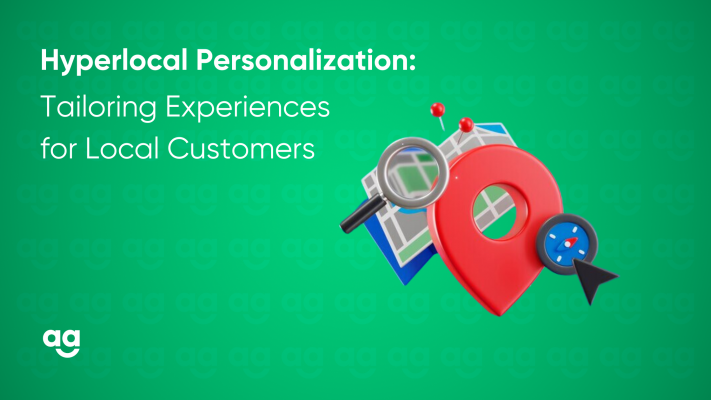
 Shipping
Shipping



